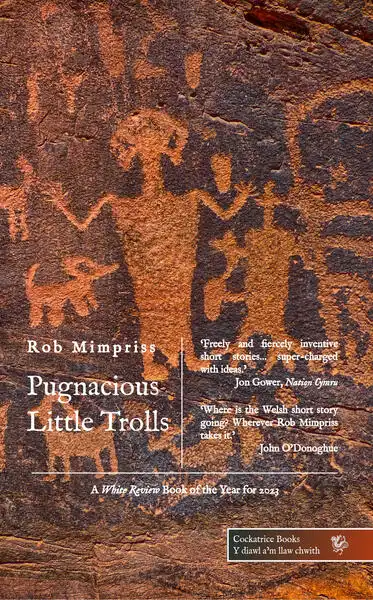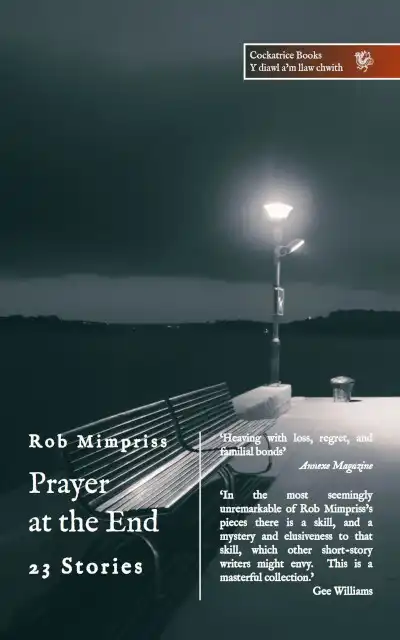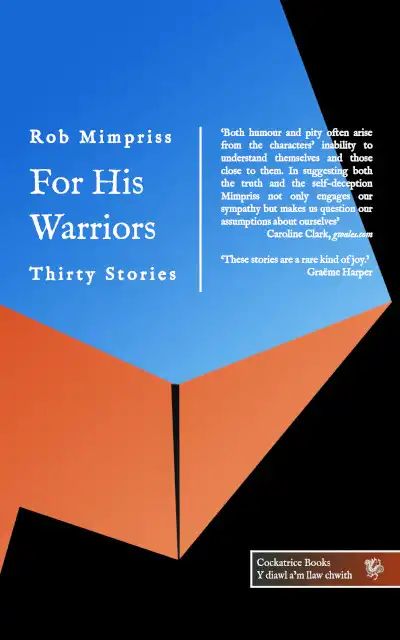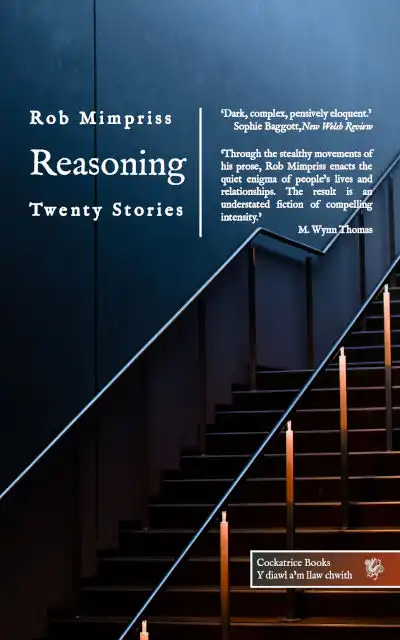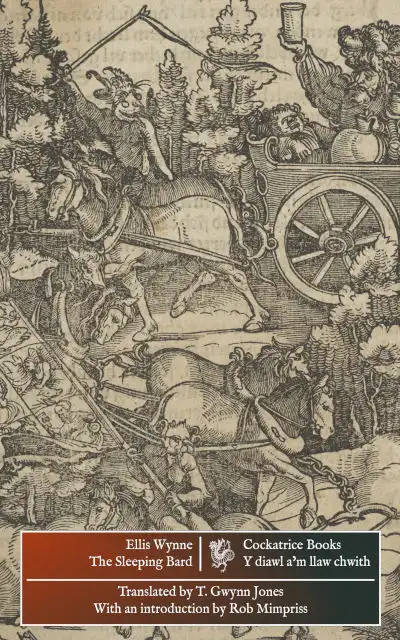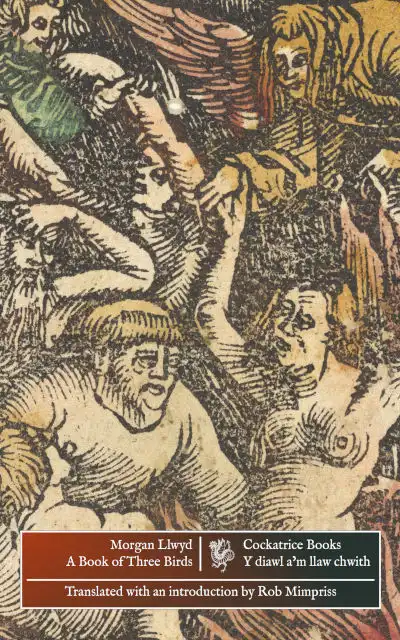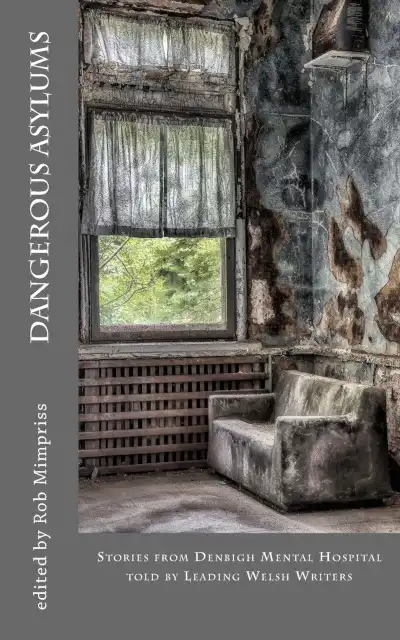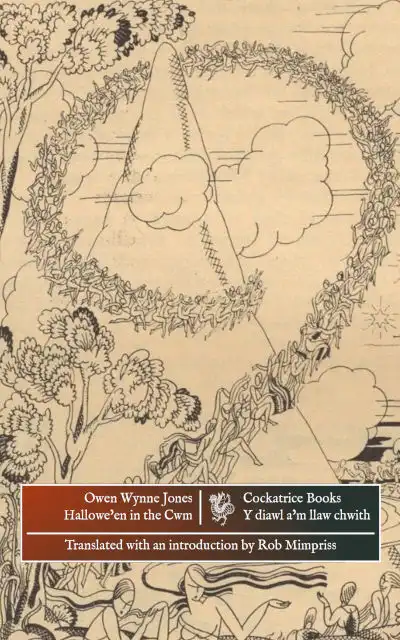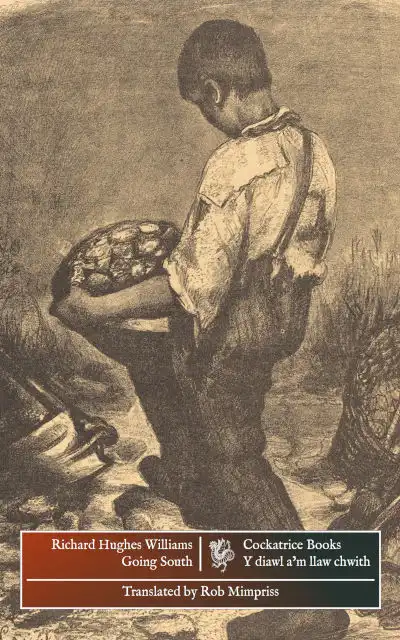Publisher: Cockatrice Books, 2015 | ISBN: 978-1912368136 | Format: 20.3×12.7cm paperback | Length: 158 pages | Price: £8.99.
Buy from Cockatrice
Morgan Llwyd (1619-1659), the nephew of a professional soldier and magician, was a Roundhead, a millenialist, a chaplain in the army of Oliver Cromwell, and later a civil servant of the commonwealth in Wales.
His famous religious allegory, A Book of Three Birds, is considered the most important Welsh book of the Seventeenth Century, and an enduring masterpiece of Welsh prose. With its introduction reflecting on the political turmoils of our time, this new translation by Rob Mimpriss brings to life the pungency of Morgan Llwyd’s writing, the richness of his religious and political thought, and the urgency of his drama and characterisation.
‘Lucid, skilful, and above all, of enormous timely relevance.’
Jim Perrin
From the Introduction:
An eagle, a raven and a dove meet and debate in Morgan Llwyd’s seminal masterpiece of Welsh prose style. The year is 1653 A.D., the year in which A Book of Three Birds was published, and on whose events the three birds reflect: the civil war which brought Oliver Cromwell to power; more recent, demoralising wars in Ireland and Scotland; and the abolition of Parliament. The book is written in expectation of the year 1656, an omen of the Second Coming, for the world waits in suspense between two disasters: the fires of the Day of Judgement, which is imminent, and of which the Civil War is a foretaste, and the waters of the flood which drowned the world in the time of Noah, and which symbolically have not yet receded. The reality of this coming judgement underlies all human politics, all industry and learning, just as the reality of the coming flood underlay the eating and drinking, courtship and marriage of the antedeluvian world. These two judgements, and the uneasy rest between them, are symbolised in the shape of the rainbow, and in the red and blue with which it is fringed.
Buy from Cockatrice



